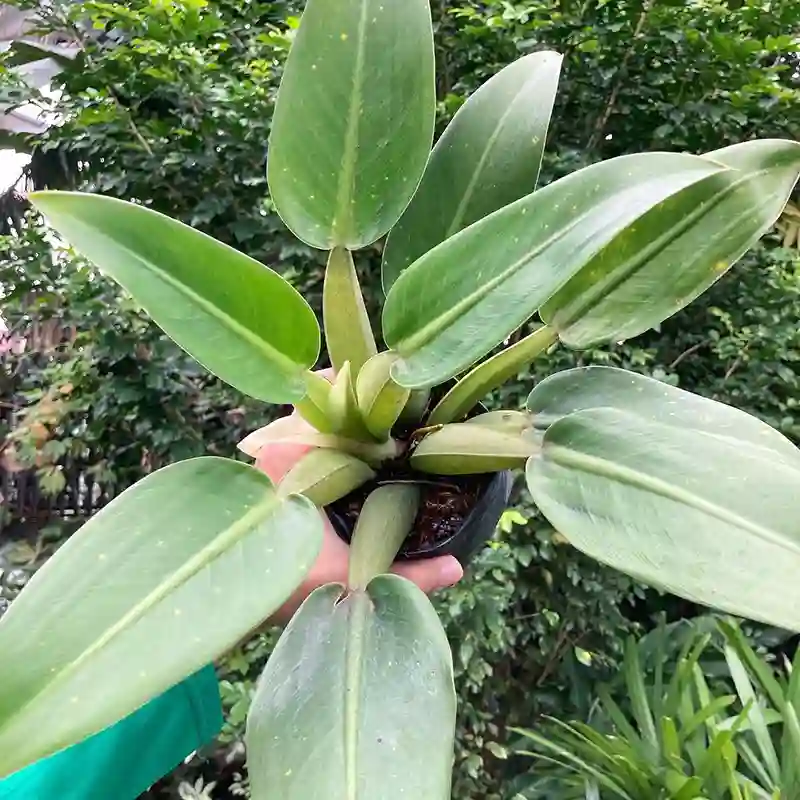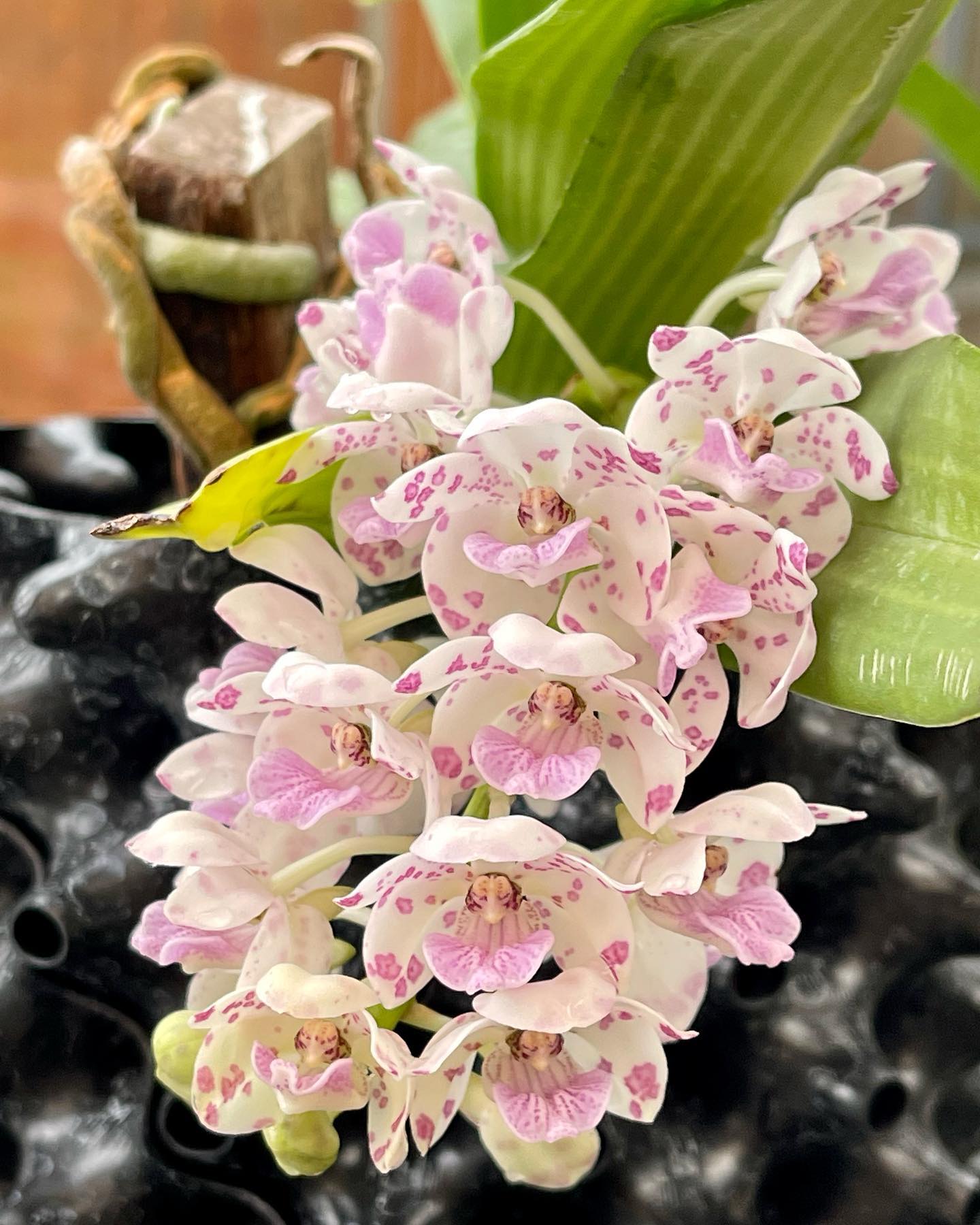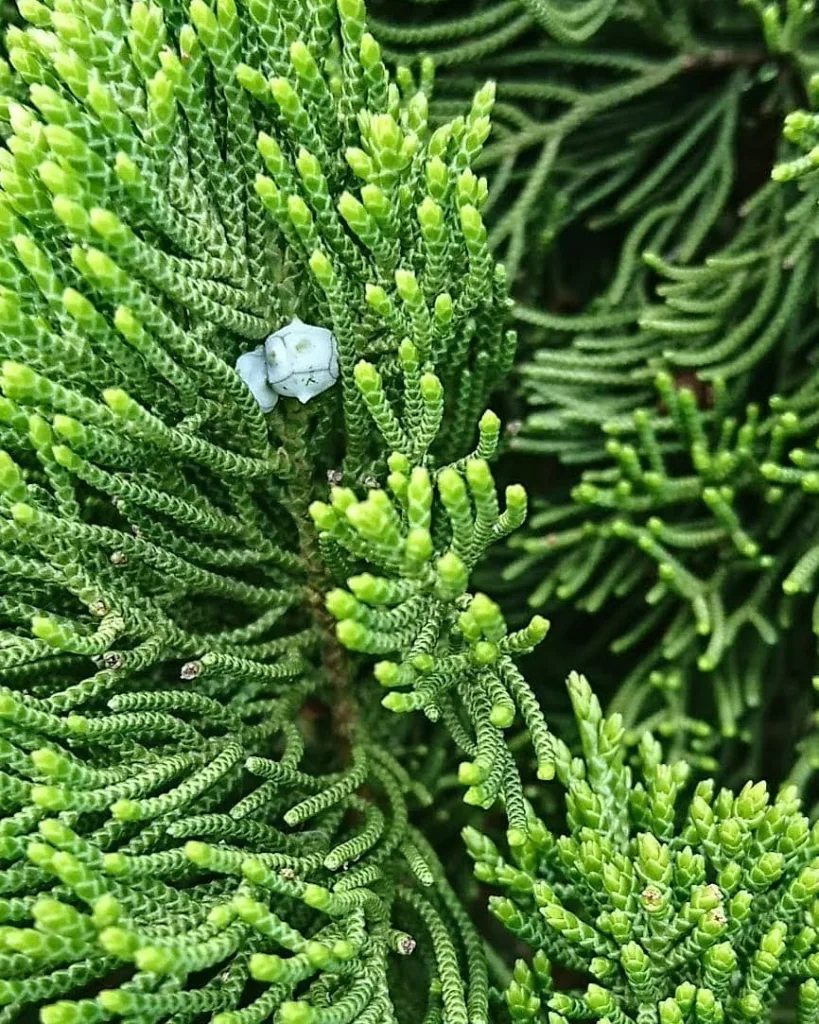Datura: A Flower of Bewitching Beauty and Deadly Allure
My name is Ferb Vu, and I’ve always been drawn to the unusual and enigmatic. So, when I first encountered the Datura plant, with its striking trumpet-like blooms and notorious reputation, I was instantly captivated. This genus of flowering plants, belonging to the Solanaceae family, is as fascinating as it is dangerous.
Datura, also known as “devil’s trumpets,” “moonflowers,” or “thorn-apples,” boasts a global presence, thriving in temperate and tropical regions alike. What sets these plants apart is their intoxicating beauty, often masking a potent and perilous nature.
A Diverse and Dangerous Family
The Datura genus comprises nine distinct species, each with its unique characteristics and allure:
- Datura arenicola – Known for its sandy habitat, D. arenicola features large, fragrant flowers and thrives in desert regions.
- Datura ceratocaula – Also called “Tornabia,” this species has unique horned stems and prefers marshy or aquatic environments in Mexico.
- Datura discolor – This plant stands out with its striking purple-edged white flowers and is often found in arid southwestern U.S. and Mexican landscapes.
- Datura ferox – With its spiny, egg-shaped seed pods and larger leaves, this South American species is also known as the “fierce thorn-apple.”
- Datura innoxia – Widely grown for its large, trumpet-shaped white flowers, D. innoxia is commonly used ornamentally and known for its medicinal history. Plant FAQs: Datura Innoxia – Moonflower
- Datura kymatocarpa – Recognized for its compact growth and wavy seed capsules, this species is rare and native to Mexico.
- Datura lanosa – A lesser-known species, D. lanosa is distinguished by its fine, woolly leaves and arid habitat preference.
- Datura leichhardtii – Also called “Leichhardt’s datura,” this Australian species has yellowish flowers and broad, lobed leaves.
- Datura metel – Often cultivated for its showy, ruffled flowers, D. metel comes in various colors and is prominent in South Asian traditional medicine.
- Datura pruinosa – Known for its frosted or “pruinose” leaves, this species thrives in dry habitats and has distinct white flowers.
- Datura quercifolia – Named for its oak-like, lobed leaves, D. quercifolia produces spiny fruit and grows across the southern United States.
- Datura reburra – Featuring particularly spiny fruit capsules, this species is native to the arid regions of Argentina.
- Datura stramonium – Also known as “Jimson weed,” D. stramonium is highly toxic and has been used medicinally, with white or purple flowers and spiky seed pods.
- Datura wrightii – A common species in the American Southwest, D. wrightii has large, fragrant white flowers and is a favorite among night-blooming garden plants.
A Toxic Beauty
While Datura’s trumpet-shaped flowers, ranging in color from white to purple, are undeniably beautiful, they contain potent tropane alkaloids. These alkaloids, including atropine, scopolamine, and hyoscyamine, are responsible for the plant’s deliriant and hallucinogenic effects. Ingestion of any part of the plant can lead to a range of symptoms, from dilated pupils and dry mouth to rapid heartbeat, confusion, and even death.
Despite its toxicity, Datura has a long history of use in traditional medicine and religious ceremonies. In some cultures, it was believed to possess spiritual and healing properties, used to induce trances, relieve pain, and treat asthma. However, due to its unpredictable effects and potential for overdose, its use is highly discouraged.
A Cautionary Tale
My fascination with Datura is tempered with a healthy dose of caution. I admire its beauty from a distance, respecting its power and potential for harm. The allure of the unknown can be strong, but it’s crucial to remember that some mysteries are best left unexplored.
Datura serves as a reminder that beauty and danger can coexist, and that knowledge is our best defense against the perils of the natural world. While I appreciate the plant’s unique characteristics and historical significance, I also recognize the importance of responsible observation and conservation.
If i die, water my plants!



